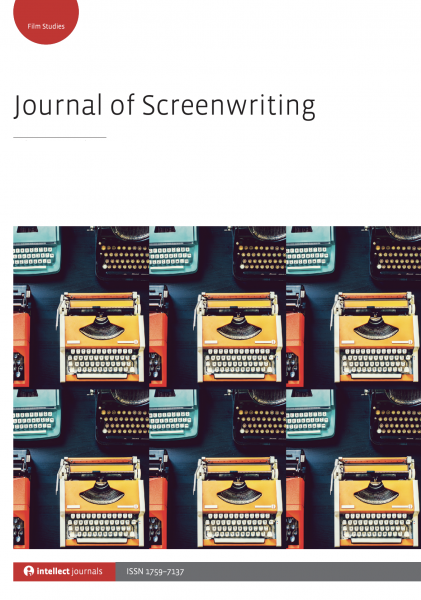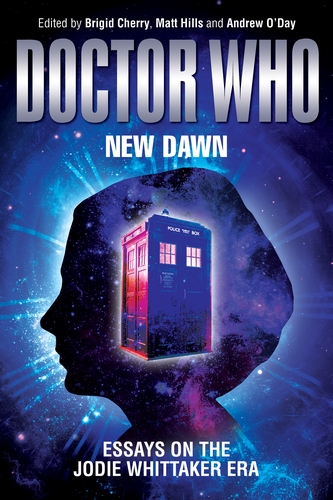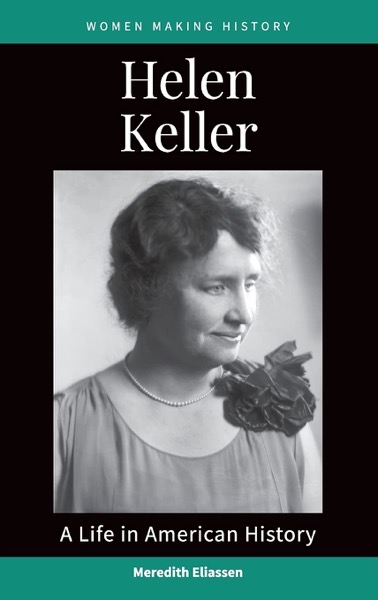Highlighting the articles in the past editions of the Journal of Screenwriting, of which I am the Book Reviews Editor. Hopefully these abstracts will entice you to did a little deeper into the history and future of screenwriting. — Rosanne
The writer as director: A case study – Brothers and Sisters (1981) by Richard Woolley
This is a practitioner’s case history of a particular, personal scripting process, in the context of Arts public funding of film in the United Kingdom, before the rise of the current screenwriting orthodoxy. The role of the script for an auteur writer-director is, here, seen more clearly as a personal tool for the development of the screen idea; format, for example, works creatively for the director rather than as a standardized part of the conventional memorandum for others it has become. Using the experience of scripting Brothers and Sisters (1981) I reflect on the interconnection between script and eventual film as a whole process, rather than as a separate set of skills, and conclude that the best way of achieving those representational goals in the screenplay context should remain open to continual experiment and debate by researchers and practitioners alike, and not be closed off for all time by absolutist formulas and set-in-stone formats.
The Journal of Screenwriting is an international double-blind peer-reviewed journal that is published three times a year. The journal highlights current academic and professional thinking about the screenplay and intends to promote, stimulate and bring together current research and contemporary debates around the screenplay whilst encouraging groundbreaking research in an international arena. The journal is discursive, critical, rigorous and engages with issues in a dynamic and developing field, linking academic theory to screenwriting practice.
Get your copy and subscription to the Journal of Screenwriting Today!
* A portion of each sale from Amazon.com directly supports our blogs
** Many of these books may be available from your local library. Check it out!


![13 Fuller and Her Relationships from Concord Days: Margaret Fuller in Italy [Video]](https://rosannewelch.com/wp-content/uploads/2021/10/rmw-concord-day-2021-fuller-rome-13.jpg)

![12 Fuller and Garibaldi from Concord Days: Margaret Fuller in Italy [Video]](https://rosannewelch.com/wp-content/uploads/2021/10/rmw-concord-day-2021-fuller-rome-12.jpg)


![11 Underestimated? from Concord Days: Margaret Fuller in Italy [Video]](https://rosannewelch.com/wp-content/uploads/2021/10/rmw-concord-day-2021-fuller-rome-08.jpg)

![10 Fuller and Italian Reunification from Concord Days: Margaret Fuller in Italy [Video]](https://rosannewelch.com/wp-content/uploads/2021/09/rmw-concord-day-2021-fuller-rome-10.jpg)

